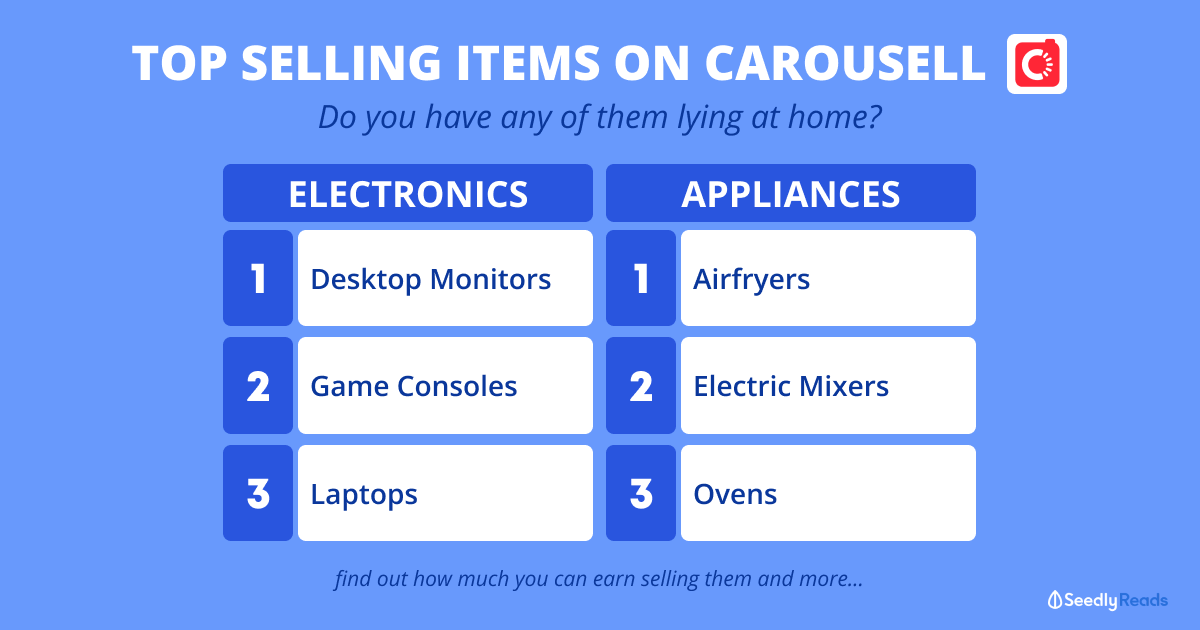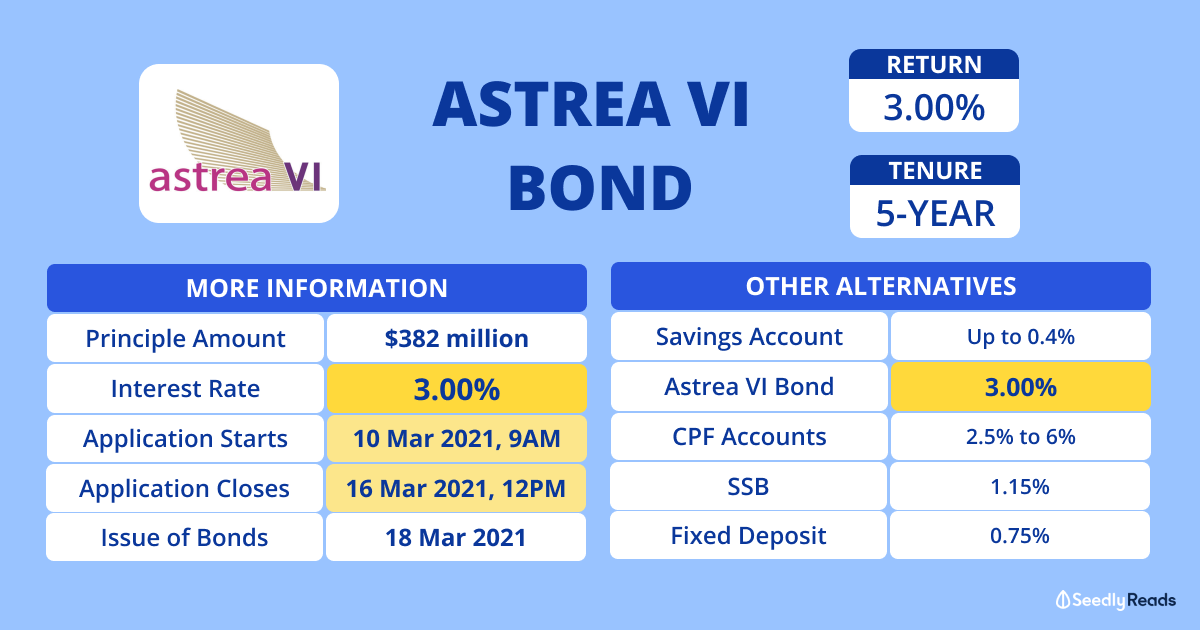Advertisement
Anonymous
Why don’t people buy before the dividend, then sell it after?
3
Discussion (3)
Learn how to style your text
Reply
Save
Good question - though this method does have some subscribers, it is quite difficult to execute effectively in real life.
Before dividends are paid out - they have to be declared first. This declaration will also cut off the date of purchase of stock eligible for the said dividend payouts (which is known as an (which is known as an ex-dividend date), and usually these declaration dates are quite some time before the actual payment of dividend. As a result, before such ex-dividend dates usually new investors are willing to pay a premium for the stock, hence driving the price of the stock up. If you were to purchase the stock just before this date, the cost of trade + premium you pay for the stock will most likely make the gain from dividend non-existent.
After the ex dividend date is declared, usually the stock price falls - because now investors are not willing to pay more for a stock that they are not eligible for the dividends of. Hence, if investor confidence and stock fundamentals are not strong in the first place, you are looking at potential capital losses on the trade.
After all, there is no free lunch in the rather efficient stock market. i think it is more advisable purchase high paying dividend stocks that payout consistently because it aligns with your investment goal in the long term, such as REIT.
Reply
Save
Loh Tat Tian
23 Feb 2019
Founder at PolicyWoke (We Buy Insurance Policies)
Because the price of the stock drops in relation to the dividend.
E.g Stock is priced at $1.00 By...
Read 1 other comments with a Seedly account
You will also enjoy exclusive benefits and get access to members only features.
Sign up or login with an email here
Write your thoughts
Related Articles
Related Posts
Related Posts
Advertisement









In summary- dividend opportunities as such are usually priced in the instrinsic value of the stock. Strategies cannot work as it would effectively constitute an arbitrage opportunity.